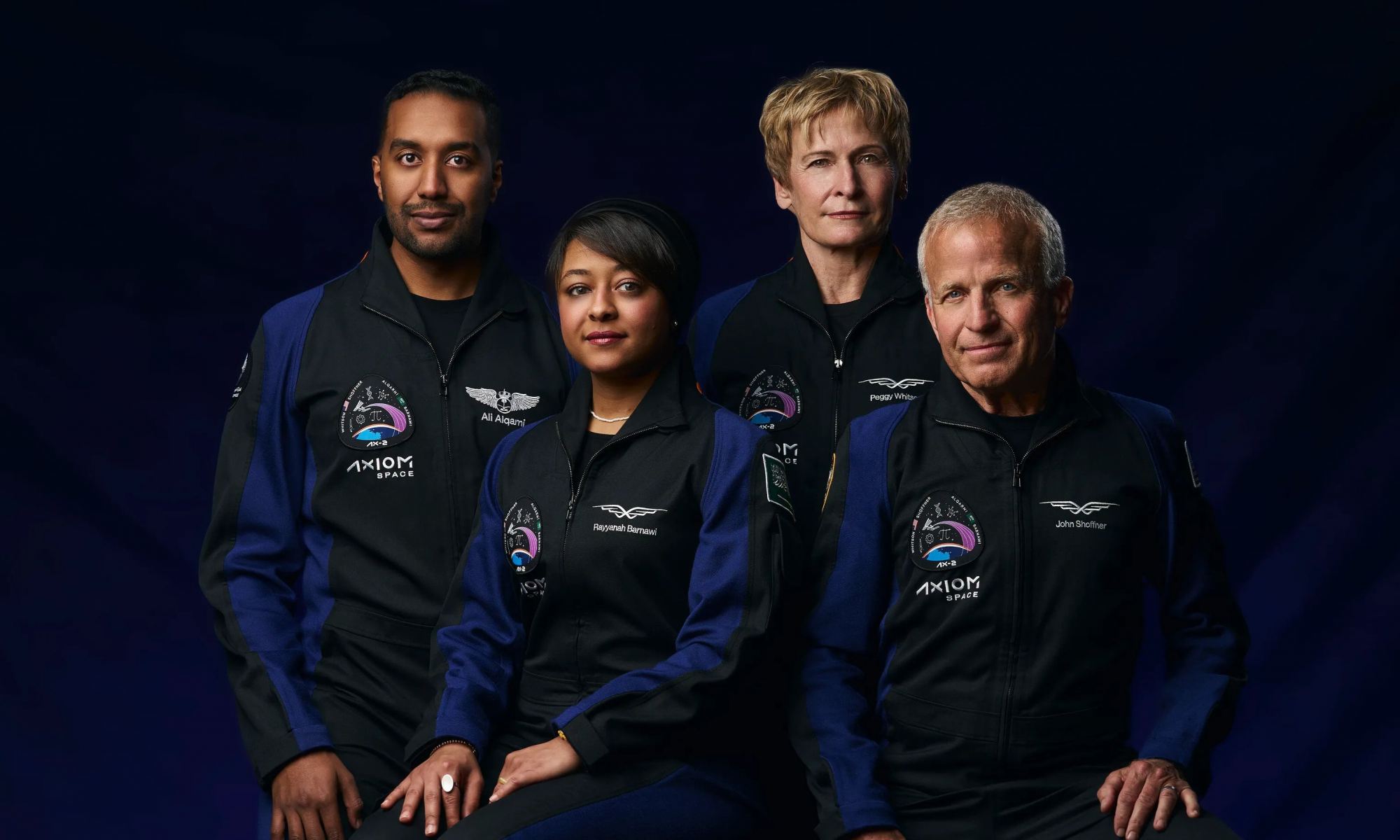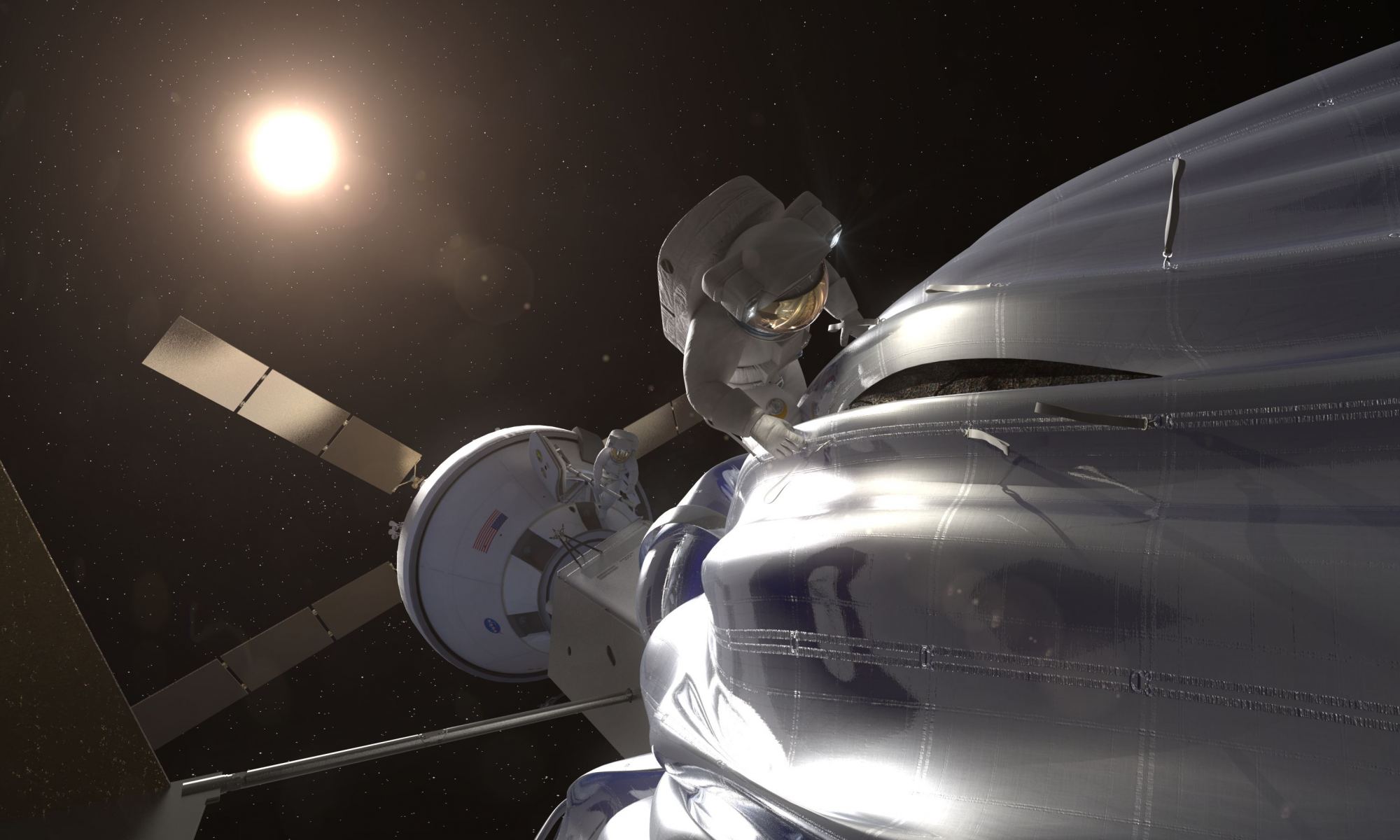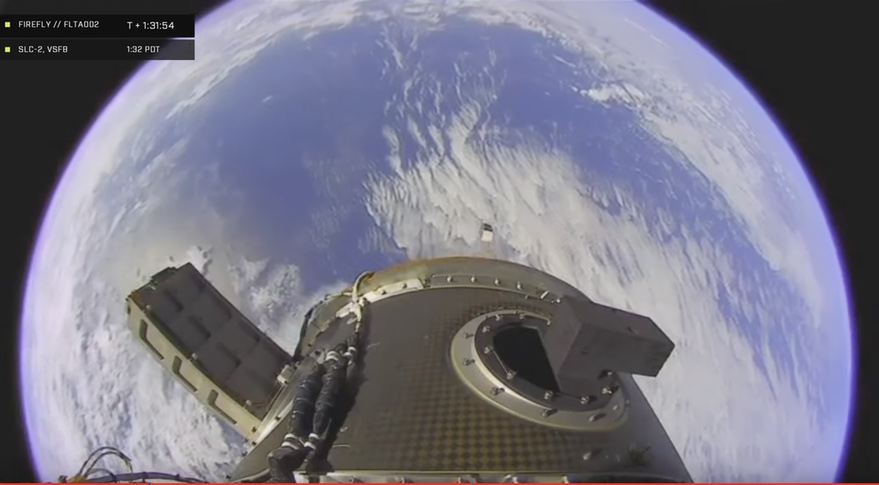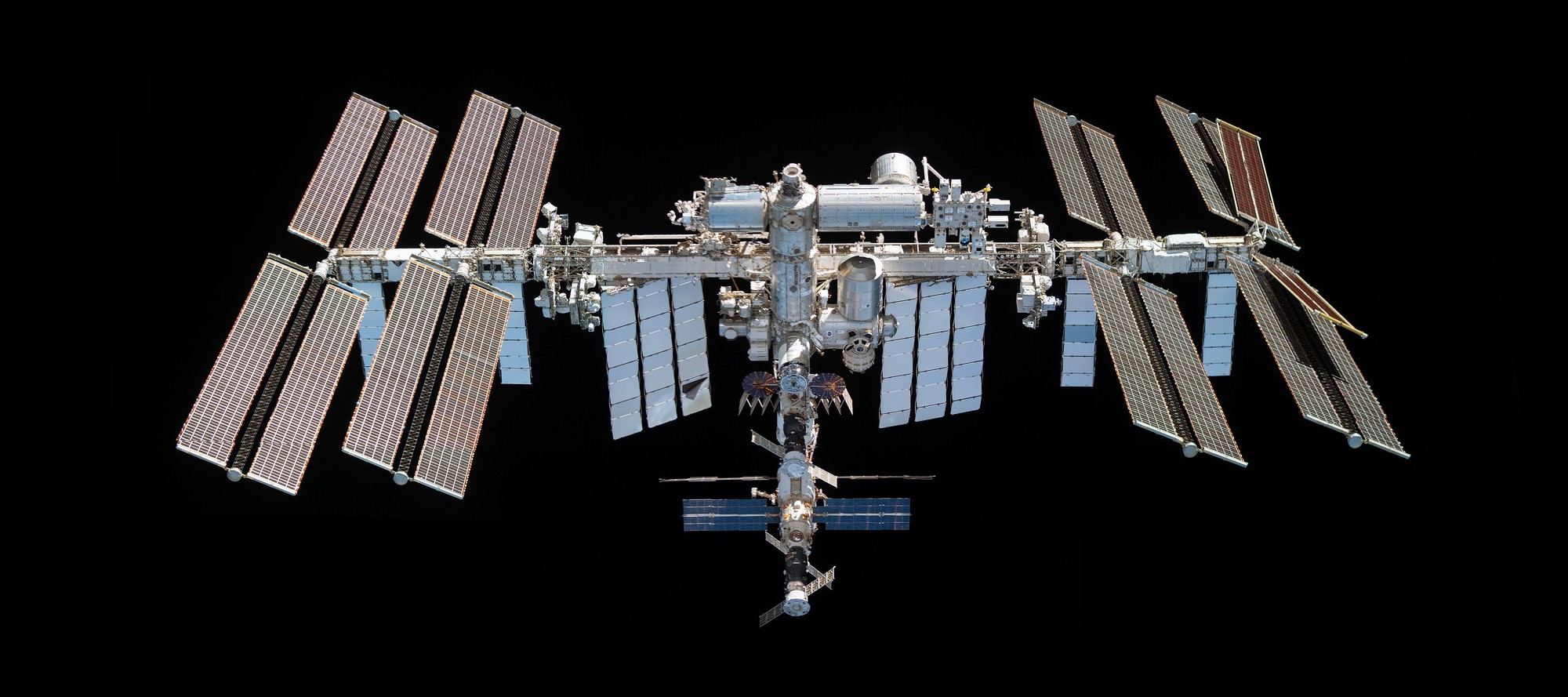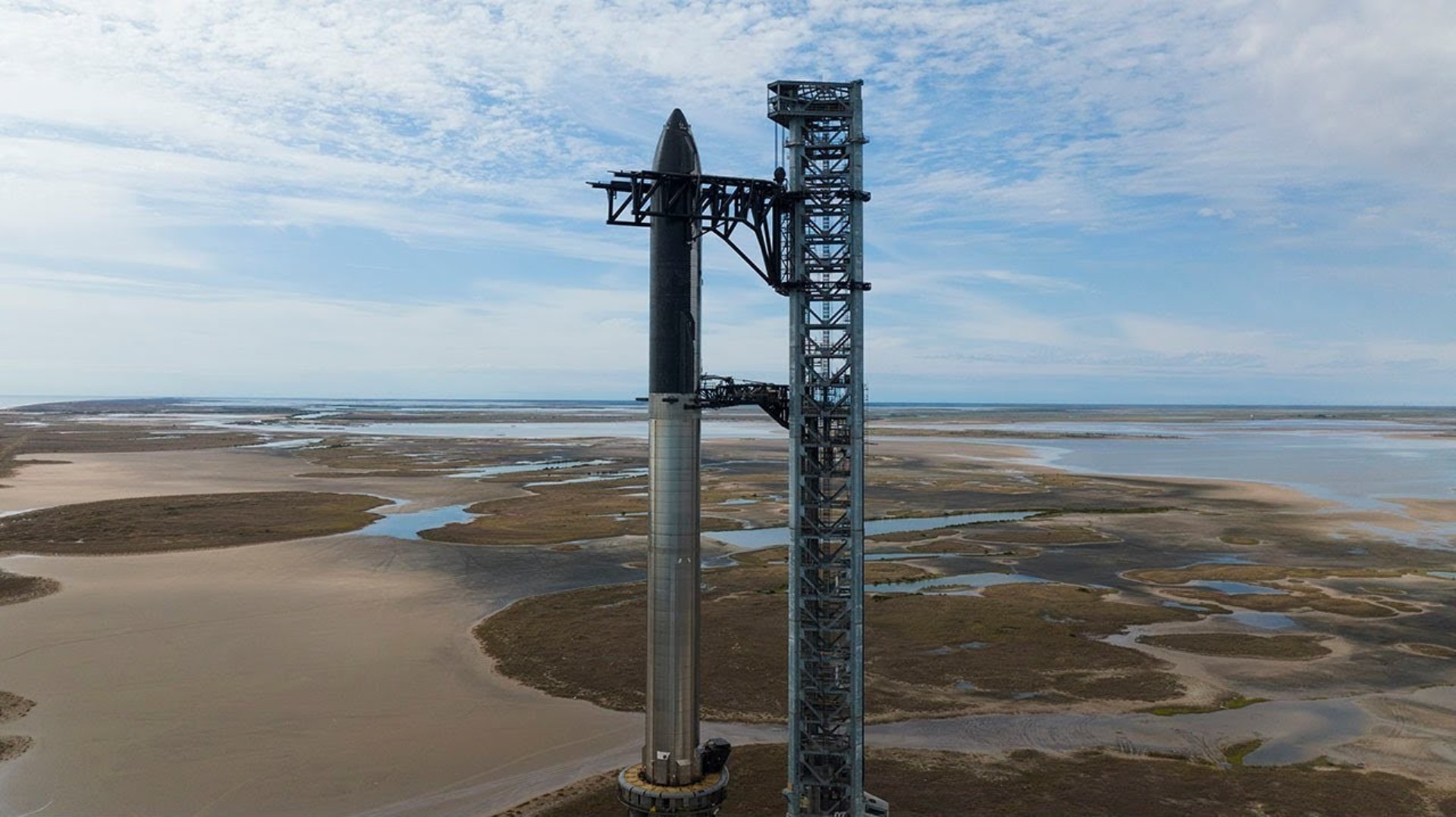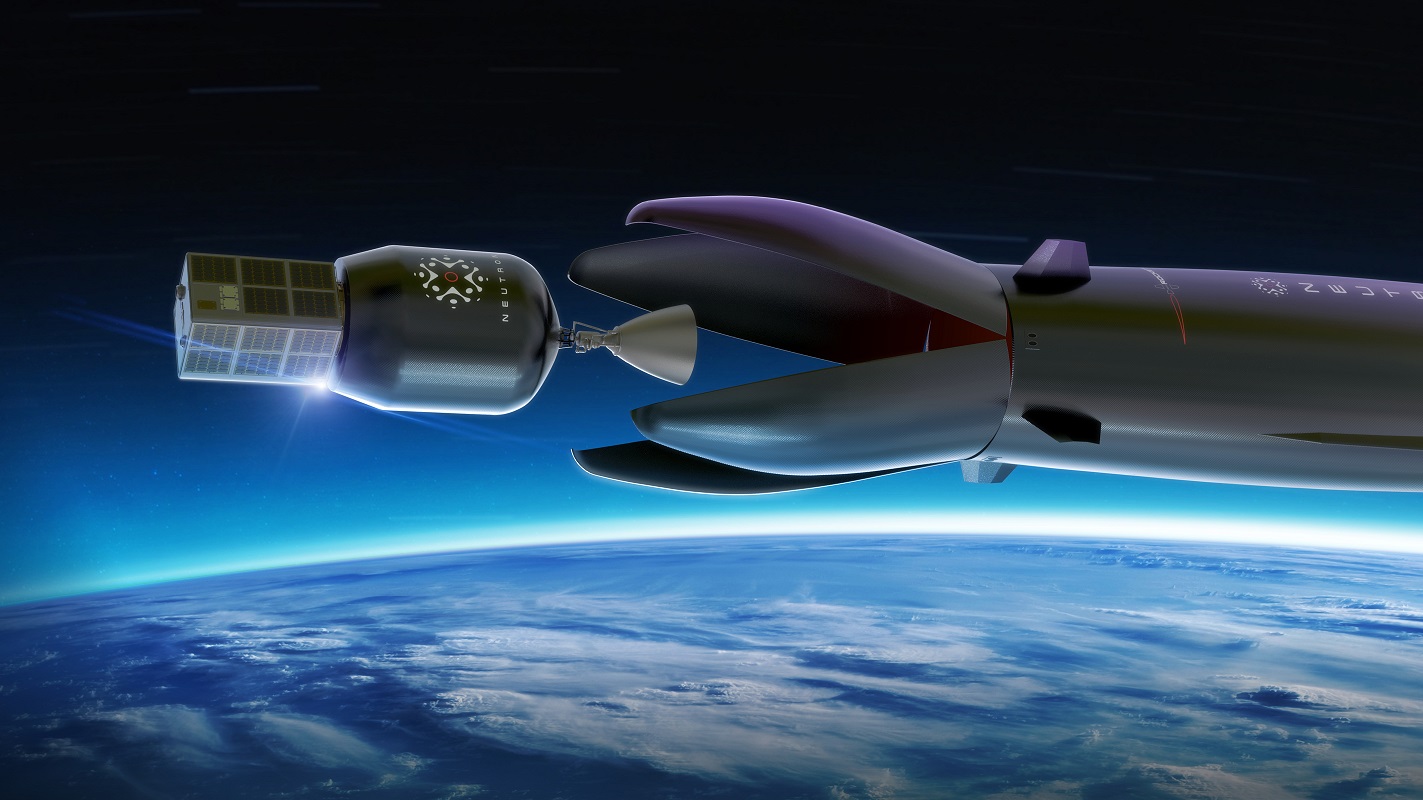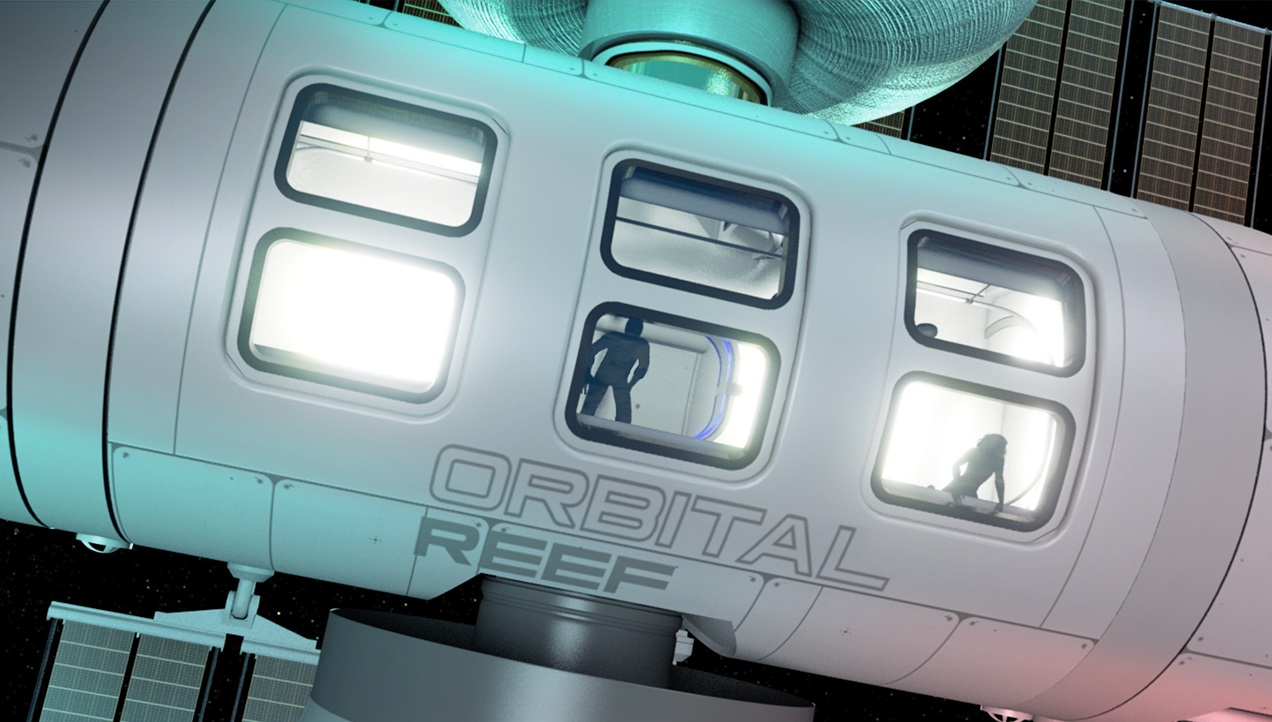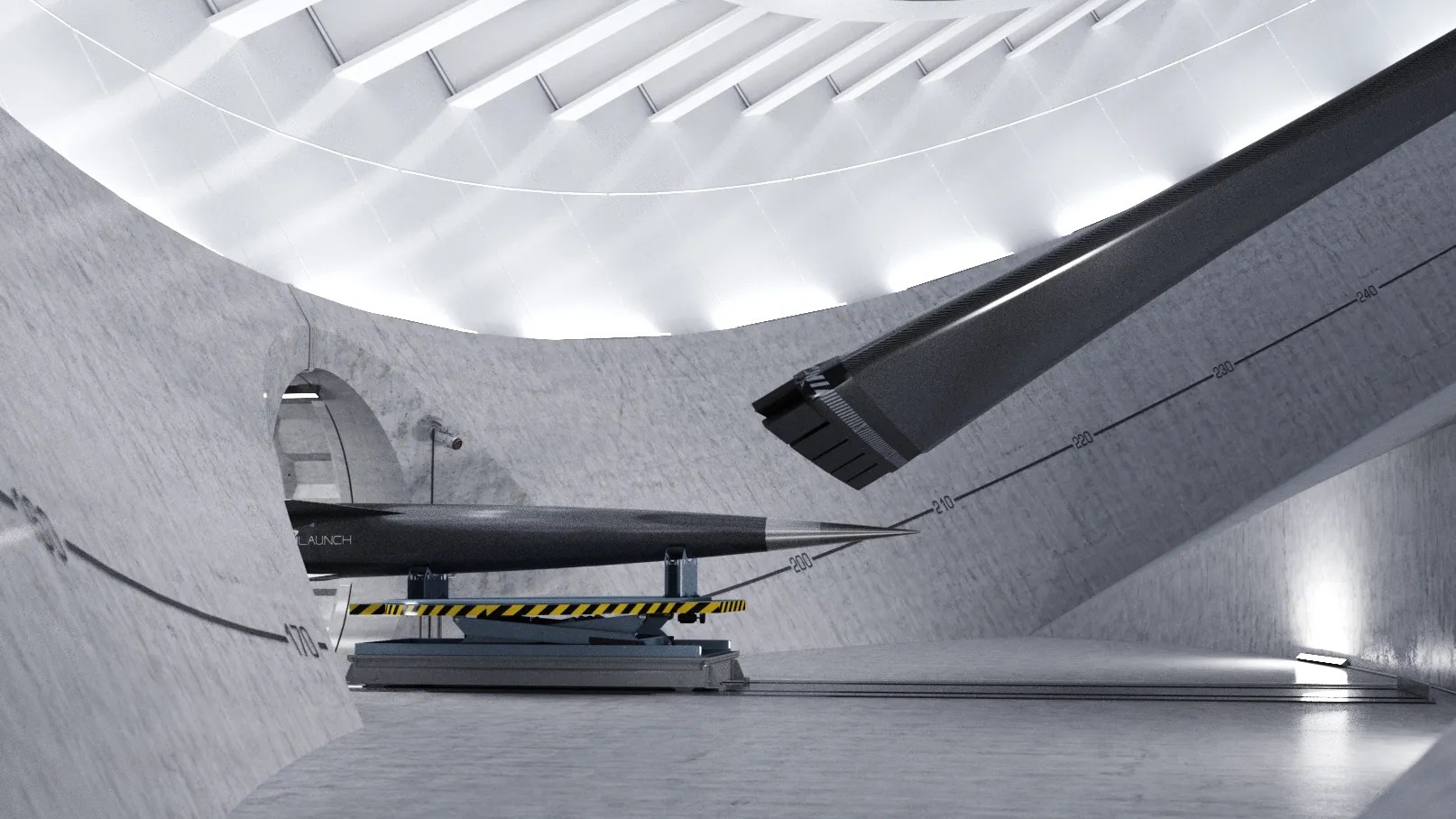SpaceX’s second private astronaut mission to the International Space Station (ISS), Axiom-2 aka Ax-2, which is sponsored Axiom Space, received a “go” for launch from NASA on May 15 followed by a stamp of approval from Mother Nature on May 19, and finally a completion of the Launch Readiness Review (LRR) on May 20. Liftoff is currently scheduled for May 21 at 5:37pm EDT (2:37pm PDT) from NASA Kennedy Space Center’s historic launch complex 39A, which was the launch site for all crewed Apollo-Saturn V launches starting with Apollo 8, along with Skylab, dozens of Space Shuttle launches, and starting in 2017 with SpaceX.
Continue reading “The Private Axiom-2 Mission is Almost Ready to Fly to the International Space Station”The Private Axiom-2 Mission is Almost Ready to Fly to the International Space Station
